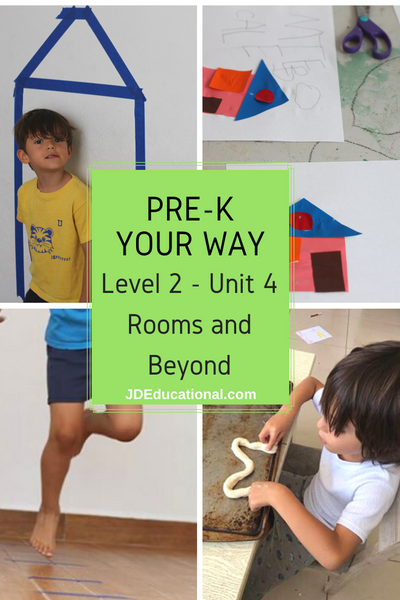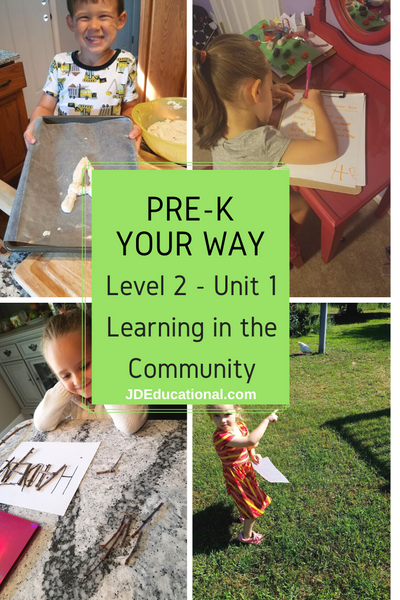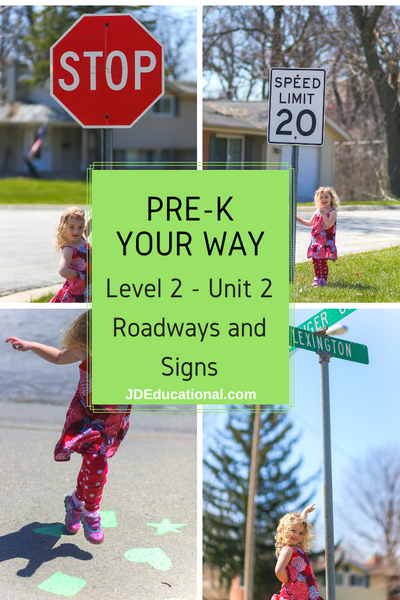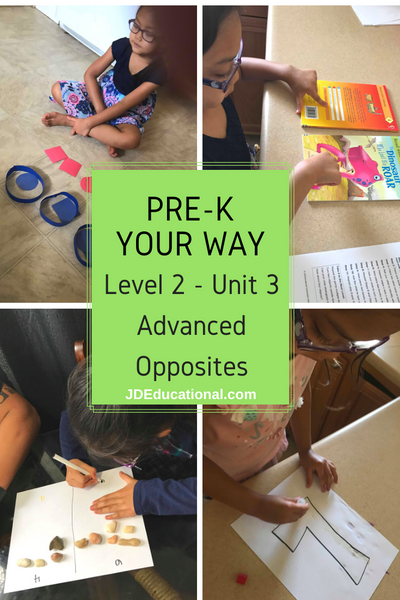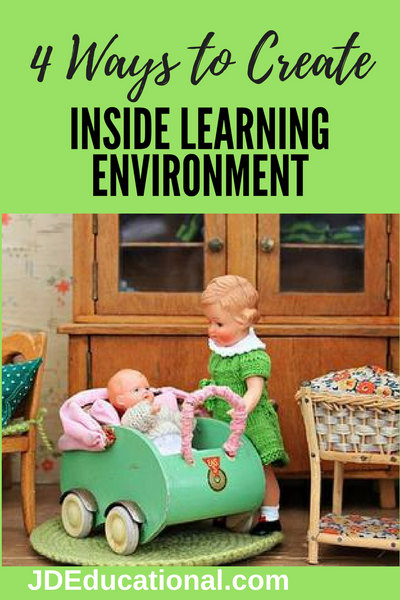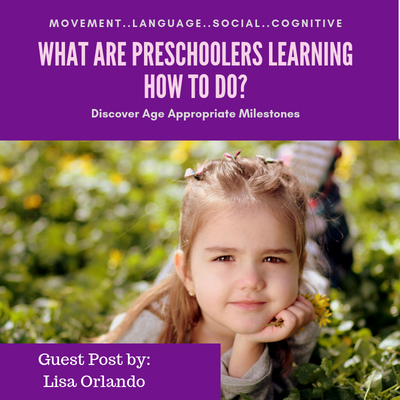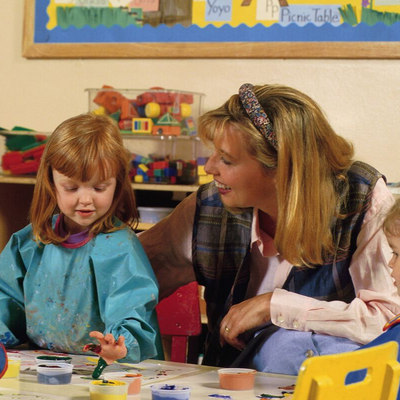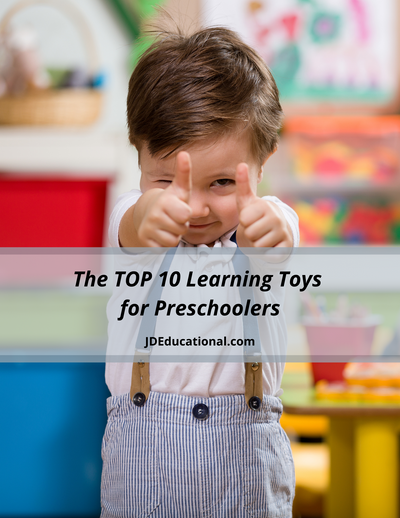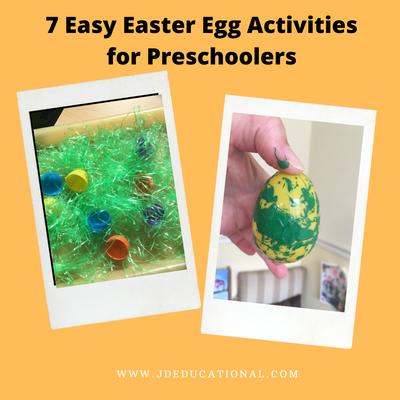
“Every child is an artist. The problem is how to remain an artist once we grow up.” Pablo Picasso
Messy, sticky, dirty, unorganized organic art!!
Preschool and Toddler art is full of MESS!! Messes that require supervision, intense clean-up and probably bath-time! Why go through this "Art-full" process?
As parents and guardians of young children, many know that "messy" is in almost every child's vocabulary! Eating is messy. Playing is messy. Brushing teeth is messy. Getting dressed is messy. Investigating is .. yup, messy! Everything is messy. Why should children be allowed to explore a variety of art materials and have another opportunity to be messy?
Exploring is a child's way of learning. Investigating materials increases awareness of textures and contributes to language, sensory and cognitive development. Children learn what textures feel like, they learn new descriptive words and they are able to predict what different materials will feel/smell like when they see them in the future.
Not only does being messy help children meet developmental milestones, it provides opportunities to teach that once a messy project is completed, it must be cleaned up! Encouraging children to help in the clean up process supports independence and teaches a care for their environment and things. More information about cleaning up can be found in my Clean Up Blog.
The Adult's Role
A child's artwork provides opportunities for visual expression and creativity. If it is okay to allow a child to be messy when completing art, then what is the adults role in the art process? Should an adult direct a child how to create art? Should an adult step away and allow the child to create this art on their own? Should you stand behind the child with a damp cloth, five towels, a change of clothes and a smock?
The answer to this is complicated. Yes, art is a form of expression and should be free-form allowing children to create as they wish, yet at the same time art is used by many adults to teach a variety of academic skills, introduce boundaries and teach appropriate material use.
Art Options
There are two forms of art. One is "Teacher directed (product art)" and the other is "Child- directed (process art)".
1) Product Art

Product art requires a child to complete a project with the intention that certain materials will be used, directions will be followed and a plan is in place for what the product will look like in the end. This type of art allows adults to teach a variety of academic concepts while providing opportunities for children to practice developmental skills (using scissors, tracing lines, counting, sorting, etc).
2) Process art

Process art is when a child explores a variety of materials with no plan about what the end product will look like. In this form of art, a child is able to use a variety of materials, possibly changing their mind about what they are creating in the middle of the process! Once completed, a child will be able to explain what it is that they made.
So, what should an adults role be, and how are they different when engaging in these two art forms?
While completing product art, adults should:
- Tell the child what they are going to create with the materials.
- Allow the child to prepare materials and complete all aspects of the art project independently (such as count out the total amount of eyeballs, cut out the pictures on their own, decide where to put colors on the frog, etc).
- Encourage the child to expand language, cognitive, math and science knowledge while they are completing this project.
- The adult should refrain from completing and/or fixing a the child's artwork. This is their masterpiece and should be able to take leadership in the creation process.
While completing process art, adults should:
- Allow the child to decide what they are going to do with the materials provided.
- Ask and/or add more materials if they see fit (use scissors, add googly eyes, use crayons or markers, etc).
- When completed, encourage the child to talk about the art creation that they made. Ask them what the object is, what they used to create it, where the colors are and how they can add to it.
It is appropriate to include a mixture of both types of art in a child's art collection. Following directions is just as important is independent exploration. For more information about Product vs. Process Art and how to encourage learning within each type, check out this NAEYC: How Process Art Experiences Support Preschoolers.
 Was this interesting to you? Sign up here to receive our new blogs as soon as we publish them!
Was this interesting to you? Sign up here to receive our new blogs as soon as we publish them!

